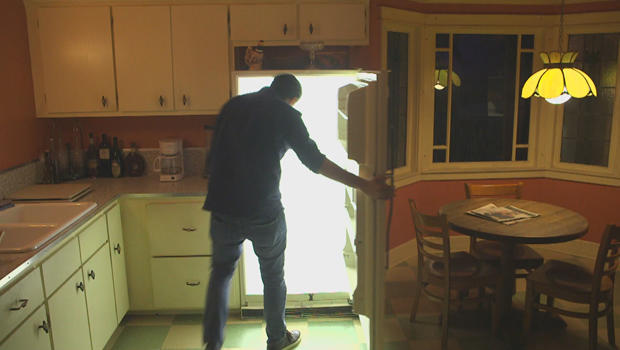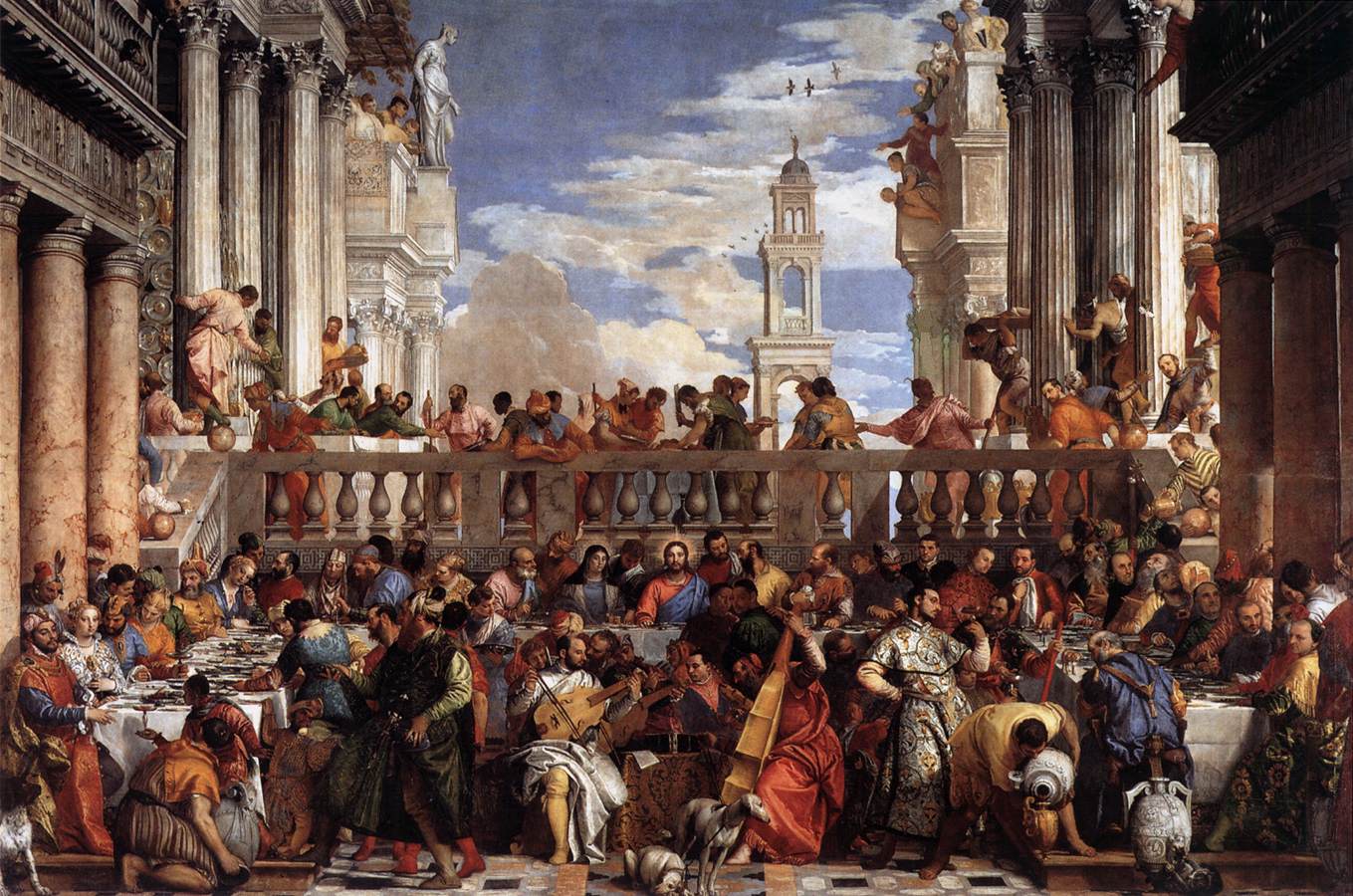Intro and background
Annie, Jim, and I are endlessly interested in the possibilities of creating spaces that captivate, so the current plethora of “immersive experiences” opening in the U.S. seemed like something worth digging into.
TeamLab “Borderless”, Atelier des Lumières, The Van Gogh immersive exhibition, the other Van Gogh immersive experience, and the other other Van Gogh. Michelangelo. The Lume. Immersive spaces are having a moment in popular culture. When I spoke at MuseumNext Digital in February, a lot of people expressed interest in discussing immersive experiences more. We hosted an open Zoom call on March 12, 2021 to continue the conversation. We had around 20 people on the call and a wide ranging conversation that went over the time I’d allotted. If you’ve got the time, here’s the recording:
Here’s the chat transcript as well. For your convenience, I’ve pulled out all the URLs that folks dropped into the chat and appended them to the end of this post.
It was very rewarding for me to be able to talk through some of the issues around immersive experiences and museum experiences and how they do (or don’t) overlap. I’m deeply grateful to everyone who took time out of their day to share insights and wisdom! Here, in only rough chronological order, are some of the themes that emerged for me.
Immersion: the pleasurable “experience of being transported to an elaborately simulated place” which results from the “sensation of being surrounded by a completely other reality, as different as water is from air, that takes over all of our attention, our whole perceptual apparatus”
(Murray, 1997. p. 98)
The power of immersion
The hopeless pedant in me couldn’t start a talk without some kind of framing, so I relied Janet Murray’s description of immersion from Hamlet on the Holodeck, which is every bit as powerful now as it was in 1997, especially since she updated the book in 2016. Do go read it! Murray describes immersion as the pleasurable “experience of being transported to an elaborately simulated place” which results from the “sensation of being surrounded by a completely other reality, as different as water is from air, that takes over all of our attention, our whole perceptual apparatus”
(Murray, 1997. p. 98)
I have also been very interested in Mel Slater’s work on presence in virtual environments, and particularly the unpacking of two illusions that underlie immersion, what Slater calls the Place Illusion, that sense of being in a real place, and the Plausibility Illusion, the illusion that the scenario being depicted is actually occurring. (Slater 2009, p. 3549). Integral to these illusions working on our brain is the sense that the immersive environment behaves like a real environment, and that we have noticeable agency in that world. Immersion isn’t just a question of level of detail or number of pixels; it’s the combination of that with our ability to seem to manipulate that environment. As one of the participants said, “ultimately isn’t “immersion” a psychological experience?” Which is true. In the end, immersion is happening in your head, not in the space.
The multisensory nature of immersion
Bruce Wyman quickly pointed out that immersion takes advantage of more than just one sense, though it tends to get discussed as if it were a solely visual experience. Physical spaces like MeowWolf and Sleep No More operate on a bunch of different senses. There is sight and sound, smell, and kinesthetic appeal of moving one’s body through space and interacting with the environment. Sleep No More is a great example of how immersive experiences immerse you twice, once going into the new environment, and once again when you return to the default world.

Learning vs. Fun
Lack of educational depth is one criticism that has been leveled at the various Van Gogh experiences. It seems to me that a lot of the vitriol reserved for Van Gogh not teaching anybody anything is a straw man argument. I suspect that a lot of the outrage is really about the appropriation of dead artists’ works coupled with unhappiness that outsiders have once again made a compelling experience using content that museums feel to be their exclusive domain. Both of these are valid concerns, but beating up an aesthetic experience for not being educational enough is disingenuous. There is a great discussion on the American Alliance of Museum’s (AAM) National Association for Museum Exhibition’s (NAME) Facebook page on the Michaelangelo immersive experience that is a great snapshot of the state of affairs of how museum professionals think about the current crop of exhibitions that use “immersive” as their selling feature.
Michelle Moon questioned the assumption that didacticism is essential to a meaningful museum immersive experience. It is a valid question to ask why we have to learn about Van Gogh to see Van Gogh? Plenty of people would leap at the chance to visit an exhibition of Van Gogh paintings with no labels or interpretation, just to appreciate the art. Is anybody getting anything out of Van Gogh? In the sense of facts and information they can be quizzed on? Probably not, and that’s OK. Nobody complains about Kusama rooms not being educational. The actual paintings themselves aren’t educational; they’re art. The museum professionals complaining about this also seem to forget that Western art museums used to be full of plaster copies of famous artworks before mechanical reproduction technologies and the global art market made them obsolete.
Which is not say learning isn’t important. Learning is museums’ superpower. But it is not the only superpower that might be deployed. One of the challenges of designing impactful experiences is getting into a respectful right relationship with the people who come, which means being aware that people use museums for a wide variety of purposes, and not all are cognitive. As Michelle Moon said, “‘Come learn’ is also not a draw except for a minority.” Come experience, come be changed, come make something change, come explore might be more impactful.

If, like me, you’re endlessly interested in the idea of “authenticity” and “real” versus “fake” things, Bruno Latour & Adam Lowe wrote a fascinating essay called “The migration of the aura or how to explore the original through its fac similes” on some of the modern twists to the concept of the “aura” of an authentic artwork and how the aura doesn’t always necessarily reside solely with the original, using the example of Veronese’s “The Marriage in Cana” as the example. If you’ve ever visited the Mona Lisa in Paris, you’ve probably also seen this painting, but few know it, because it’s just the other painting in the room Mona Lisa’s in.
Emotion
Oftentimes, the museum field tends to freight everything they do with curatorial and educational goals, to the exclusion of experiential or affective goals, or as Michelle Moon put it, “the desire to overmediate”. There are plenty of examples of experiences that skew the opposite way, like the plethora of Van Gogh and Michelangelo experiences that are cropping up everywhere. What need are they meeting? And is that need one that cultural organizations ought to offer? Take a look at any of the recent Culturetrack reports and you’ll see that people have a much broader conception of what it means to participate in “cultural” events. Sure, there are museums, and theaters, but there’s also cinema, going to clubs to see music, dining out at restaurants with friends, and even just being out in public spaces like parks or attractions. Our competition in the sector is much broader than we think it is.
Theatre succeeds at activating immersion in a different way, through affect. There is something to be said for setting emotional goals and emotional arcs in addition to knowledge goals and knowledge arcs.We at TEA don’t believe it’s a zero sum game as much as its a design choice. One doesn’t preclude the other, we just tend not to design explicitly for emotion. Jim’s and my tenure at Peabody Essex Museum were spent trying to refine story-driven immersive experiences that could be both emotionally resonant and narrative.
Neither here nor there: Immersives as third places or spaces
Jacques Haba wondered whether part of the appeal of these immersive events is simply that they function as a “third space”, and whether museums need to think more about functioning as third spaces. Robert Putnam popularized the idea of a “third place”–someplace that was neither home nor work– in Bowling Alone: America’s Declining Social Capital. Since then, it’s been widely used in museological discourse as an example of a civic role museums can play. I also think of Randall Packer’s work exploring how to combine physical and digital into hybrid third places where people can engage with each other in real-time or asynchronously. Our Zoom call and this digital manifestation of it is kind of a third place, assuming anyone comments.. ;-).
And neither of these are to be confused with Third Space theory, although it also applies a lot to immersion and cultural experiences. Third spaces, as described by Homi Bhabha and others who study dissent in post-colonial settings, are places “where oppressed and oppressor are able to come together, free (maybe only momentarily) of oppression itself, embodied in their particularity.”
Given the past couple of years in world history, especially in the developed world, third spaces are desperately needed. Mark Harris noted that third space was a major factor in the Australian Centre for the Moving Image (ACMI)’s renewal. The building architects created a huge stairway through the center of the museum, designed to attract people to just hang.
Storyworld: the universe of ideas within which a narrative is set.
Storyworlds
We all agreed that immersion is a powerful empathy tool and too often, emphasis is placed on technology platforms rather than story. For Alli Hartley-Kong, technology is the tool, and the experience is created by the narrative. When we start with the story first, then it’s easier to find technologies that supports it and not get hung up on the shiny bells and whistles of the latest new thing.
This led Mark Harris to bring up the usefulness of story worlds in his work. A storyworld, an idea adopted from transmedia storytelling, is simply the universe of ideas within which a narrative is set. Tolkien’s Lord of the Rings is a classic literary example. The author spent decades coming up with languages, histories, mythologies of Middle Earth and within that storyworld he gradually created narratives that became The Hobbit and the Lord of the Rings. All the examples of great immersion we mentioned, like the Alcatraz tour, The Lost Palace, or Carne y Arena had well-described storyworlds that audiences were able to explore. Dave Patten particularly recommended the work that Alex McDowell is doing at the USC World Building Institute for folks interested more in the topic.
Conclusion (?)
Our time was over before we knew it, so we weren’t able to come to any solid conclusions, other than we need to keep exploring. Jacques Haba made the point that if museums want to remain relatable they should be paying attention the appeal of these experiences, and what comfort they’re offering visitors that traditional museum experiences aren’t. Annie Lundsten pointed out that museums send so many subliminal messages that unfortunately reenforce their elite nature–the building materials, the staff on the floor, the technologies they use, etc. If museums want to welcome new audiences (which they desperately need), we need to re-think everything. This is part of the underlying premise of how to do good Universal Design. Every surface and every moment is an opportunity for engagement, as Bruce put it. Or as we like to say,
“Everything is a designable surface. Or can be.”
Fodder for more conversations
Given the continued interest in immersion, I offered up to the folks who gathered that we could continue the conversation. Three of the topics that came up but didn’t get time are listed below. If you have interest, let us know!
Virtual versus physical immersion
How do we think about immersive experiences when considering virtual museums, if we think that museums will continue growing their online presence 2020 onwards? Or is there value to immersion only in physical spaces?
Museum immersion done well
Do we have more examples of museums have done immersion well?
What is (and isn’t) appropriate material for immersion?
what is appropriate for an immersive experience and what’s not.
Links
Ed’s talk from MuseumNext Digital
Immersive experiences
The Van Gogh immersive exhibition
the other Van Gogh immersive experience
the Alcatraz tour
Useful References
BIMA, “BIMA Immersive Council Guide 2020: Time To Get Involved in The New Reality”
Erkki Huhtamo, “Illusions in Motion: Media Archaeology of the Moving Panorama and Related Spectacles”
InnovateUK, “The immersive economy in the UK”
LaPlaca Cohen Culturetrack reports
Bruno Latour & Adam Lowe “The migration of the aura or how to explore the original through its fac similes”
Janet Murray, Hamlet on the Holodeck
Murray Pittock, “The Scottish Heritage Partnership Immersive Experiences: Policy Report”
Robert Putnam Bowling Alone: America’s Declining Social Capital
Reports on experiences
AAM NAME Facebook page on the Michaelangelo immersive experience


